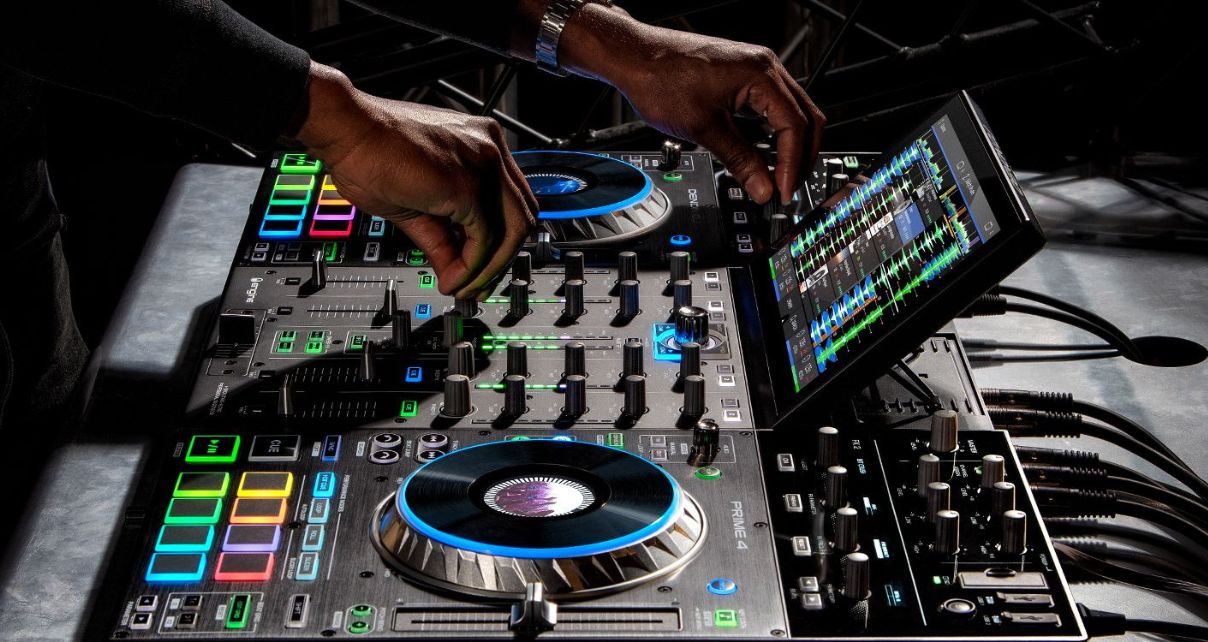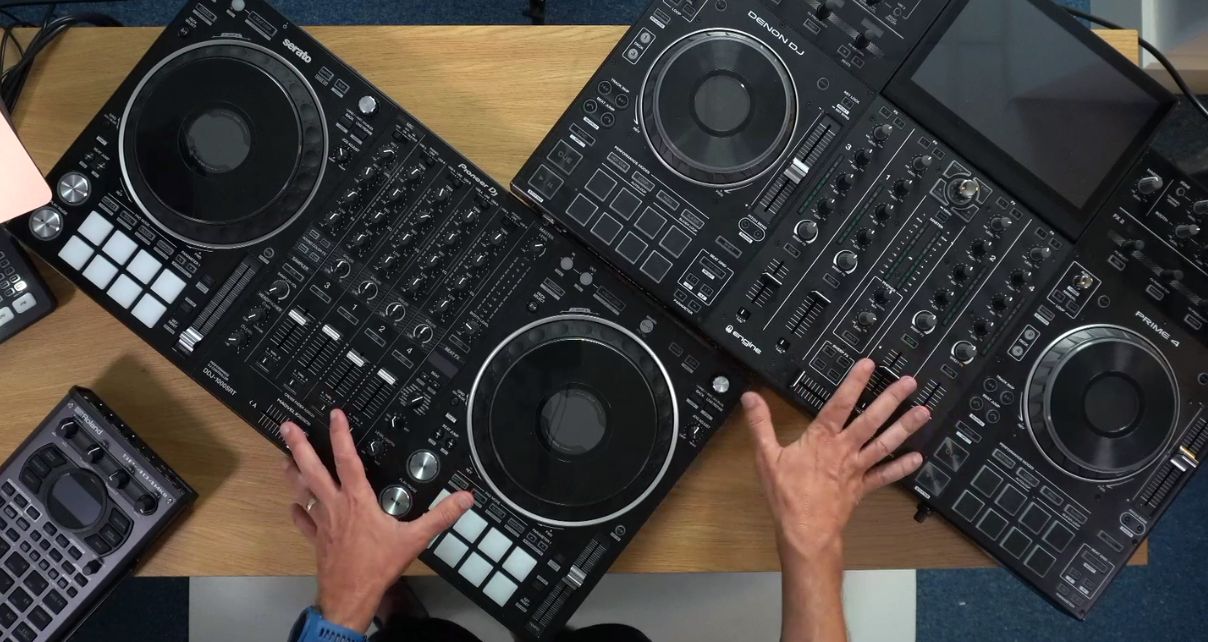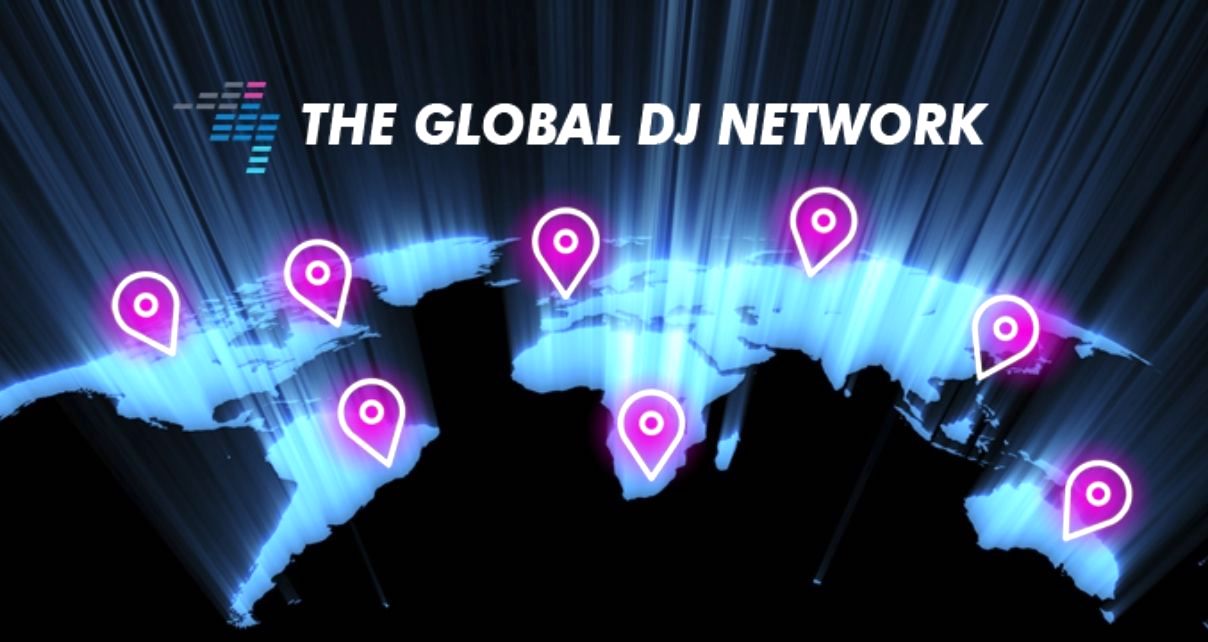Laptop DJing – DJing with software running on a laptop, plugged into DJ gear for easy control – is the most popular way DJs play today, with controllers such as the Pioneer DJ DDJ-1000, Numark Mixtrack Platinum FX, and many others. But standalone DJing – using gear where you don’t need a laptop with you, taking your music with you on a USB drive – is also popular.
After all, this is the way most “pro” DJ booths are configured, with “standalone” media players and mixers like the Pioneer DJ CDJ-3000 and DJM-900NXS2, and this approach has trickled down to hobby DJ gear too, with “all-in-one” standalone DJ consoles such as the Pioneer DJ XDJ-RX3, Denon DJ Prime 4 and Numark Mixstream Pro all popular.
So which way is right for you? And if you’re doing it one way and thinking of switching to the other, what should you be aware of? In this article, we’ll look at some of the advantages and disadvantages of each approach, and share some ways DJs are creatively combining both approaches, to effectively get the “best of both worlds”.
Learn to DJ using ANY set-up: The Complete DJ Course
Watch the show
Prefer me to talk you through this? In this video, a recording of a live show from the Digital DJ Tips YouTube channel, I talk you through everything in this guide, and we take questions from our community too on the subject.
Standalone Vs Laptop DJing
Pros of laptop DJing
Software such as Serato, Rekordbox DJ, Traktor, Virtual DJ and djay Pro AI – that runs on your laptop or even iPad – offers a relatively cheap and easy way into the world of DJing, and there’s lots of DJ gear designed to work with such software. So what are the advantages of using laptop systems?
- Better library access – This is the big one. A laptop can have all of your music library on it, and with the keyboard it is easy to search for what you want quickly. This can be a boon when playing weddings, for instance, where you may be asked for all kinds of music and need to find it, fast
- More powerful, more easy to upgrade – Software gets new features first, and getting them is just a case of hitting “download update”
- Bigger screen – A screen can give you so much useful feedback, not just with your library, but also waveforms and the status of other settings too. Any laptop screen is bigger than the biggest of standalone screens, and can also be positioned closer to eye level
- Easier to download music you don’t have – Many mobile DJs will quickly download songs they simply have to play but don’t have, in the background, while playing, which is easy to do with a laptop
Read this next: Playing Your First Gig On A Standalone DJ Console
Pros of standalone DJing
Systems that play music from USB drives have moved on a lot in recent years. By preparing that music alead of time (and yes, to do that you still need a laptop), these systems now have many of the features of laptop DJing, just with no laptop. So why do some people prefer this way?
-
- Makes more sense if you want to play in clubs, too – This way of DJing is the same as how pro DJs do it in clubs, so if that’s your ultimate aim, it may make sense to do it this way at home. In the case of the Pioneer DJ standalone gear, the same USB drive you prepare to for your all-in-one standalone gear can also be used as-is on club gear
- Easier when you’re coming from a vinyl or CD background – Switching from the “old way” of DJing to a laptop with software can be daunting. Many DJs who’ve taken this route find it easier to switch to playing with a standalone system, because really you’re just switching a box of records or a wallet of CDs for a USB drive
- Less screen staring – By its nature, standalone gear encourages you to not delve too deeply into using the screen, because the screen is smaller and further away from you. For some, this encourages a more direct connection with the audience, resulting in more enjoyable DJ sets
- Less to go wrong – Standalone DJing is simple, involving just you, a pair of headphones, and a USB stick. The gear is super reliable, whereas the chances of things going wrong when you have to set up a laptop increase, and the setting up itself is more complex. For people who worry a lot, this is a big advantage of standalone

Help – I can’t choose!
If you’re undecided or just researching all of this, at this point you may feel neither method is perfect – and in many ways you’d be right. But let me share with you a few curve balls which hopefully give you a path to the perfect system for you, or at least show you why many DJs find a “third way” that works fine for them.
- You can still access and play music you don’t have on standalone gear – Want standalone, but like the idea of always having access to all music? All of the Engine DJ-enabled standalone gear (Denon DJ Prime equipment, plus the Numark Mixstream Pro) lets you log in to a music streaming service in the same way you can with laptop software, so you can find requests and even play whole sets from the “cloud”, assuming you have an internet connection of course
- You can buy gear that will let you DJ both ways – Some equipment works in both ways, so you don’t have to choose. All of the Pioneer DJ standalone equipment lets you plug in your laptop and DJ with Pioneer DJ’s own Rekordbox DJ software, as well as plugging in a USB and doing it without the laptop. And with some of the Engine DJ-enabled gear, you can plug in a laptop and use software, too. For instance, with the Numark Mixtream Pro you can use Virtual DJ, and with the Denon DJ Prime 4 you can use Serato DJ Pro
- You can DJ “standalone”, but with your laptop – With some of the higher-end Rekordbox standalone gear (for instance, the Pioneer DJ XDJ-XZ) you can plug your laptop into the unit, but use it effectively as a huge USB drive. The gear still works in standalone mode, but you have the screen and keyboard of the laptop to search for your music, as if you were “laptop” DJing

So Which Is Best?
Very broadly, for DJs who know the kind of sets they’re likely to play, who have done it in the past with vinyl or CDs, and who know they’d like to play in clubs at some point on their gear, standalone is probably the way to go. You’ll find it simpler, and you can just get on with the DJing.
For DJs who love the possibilities of software, who already own a laptop, and who are happier to learn how it’s done the software way, laptop DJing is still the obvious choice. It has particular appeal if you see yourself playing longer sets where even you don’t know what direction the music will take, and so you’d appreciate the easier searching and access to more music than you’d otherwise have to pre-prepare on a USB drive.
Learn to DJ using ANY set-up: The Complete DJ Course
We’ve never had it so good…
Whichever way you go, remember that even a DJ app on your phone can do exponentially more than the turntables and mixers the previous generation of DJs used! Here at Digital DJ Tips, we teach that there are five big areas you need to master as a DJ: Gear, Music, Techniques, Performing and Promoting Yourself. Once you have the gear – any gear – it’s time to work on the other four, and stop worrying about that side of things.

• This article was inspired by a conversation from our Global DJ Network Facebook Group. If you want to improve as a DJ and would like to join a community of similar-minded DJs, join us – it’s free, but all membership requests are dealt with manually, so please give us time to get you set up.



